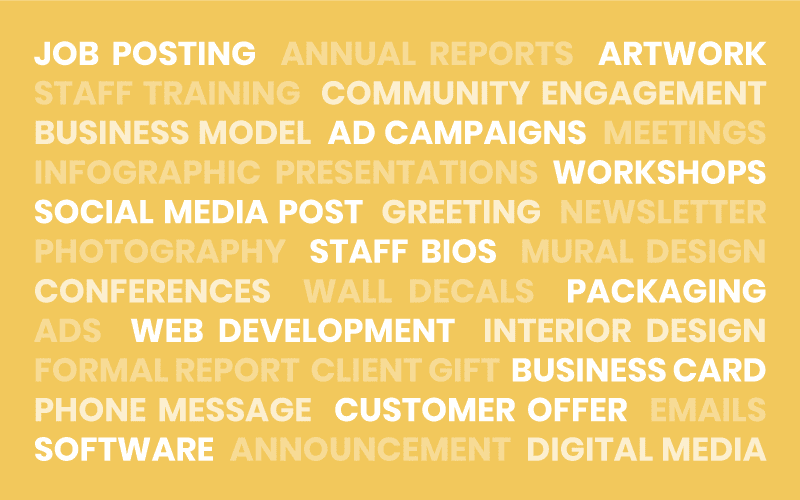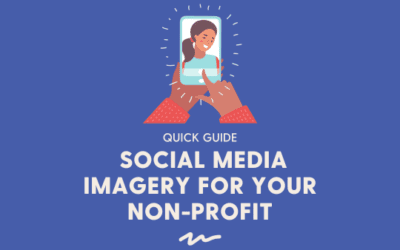First of all, what is a brand story?
The most important thing to remember, is that everything your business does will become a part of its story – whether you intend it to, or not. So you see, it’s much broader than just one story. It’s how people feel about your brand as a whole, how they might describe your business when you’re not in the room.
Think of every decision you make becoming a mini-story of its own. That instagram post? It’s a part of your brand story. A new discount you offer for students? Brand story. How you treat your customers? Absolutely.
Everything you do becomes a part of the overall impression people have of your business. So naturally, it makes sense to have all of these ‘mini-stories’ communicate a unified message. After all, who’s going to believe a story that contradicts itself?
The best way to start creating a unified story is to think about your brand purpose. Your ‘why’ as a business. Why do you and your team come into work every morning? What is the one thing your business wouldn’t compromise on? And is there a reason why?
Asking these deeper questions and figuring out your ‘why’ gives your business something to filter all decisions against. And when everyone on your team is in alignment on the larger purpose for them being there, things get SO much easier.
—
A large part of your story is also how you tell it.
Are you a business with so much energy and vigour that you just can’t wait to shout your story from the rooftops?!! Or are you the type of business that prefers to give your customers a gentle reminder of your point of view?
There’s no wrong answer. What’s important is that you stick to your story and stay consistent.
Remember that not everything has to literally be the same story to stay consistent. A good ‘why’ or reason for existing is simple, and is typically a broader idea that smaller stories can ladder up to.
Below are some examples of brands effectively sharing their stories, and in turn, drawing in audiences that connect with them.
1. SoulCycle

SoulCycle’s mantra
SoulCycle is a brand that quite literally SHOUTS THEIR STORY FROM THE ROOFTOPS! They are loud, proud and unapologetic about what they believe in. SoulCycle isn’t for everyone and that’s what makes their story so strong. Their ‘why’ is so descriptive, so filled with intent that it naturally draws an audience with overlapping values.
All of their ‘mini-stories’ are immersed in the same narrative. From their social media activity, to their interior spaces. Even their job postings evoke the same powerful brand presence.

This simple post communicates SoulCycle’s personality perfectly.

A wall decal in their interior space tells cyclists what to expect.

Even their job posting isn’t a throw-away. It’s presented in the same voice and style as the rest of their brand.
2. Burt’s Bees
We create natural, Earth-friendly personal care products formulated to help you maximize your well-being and that of the world around you.
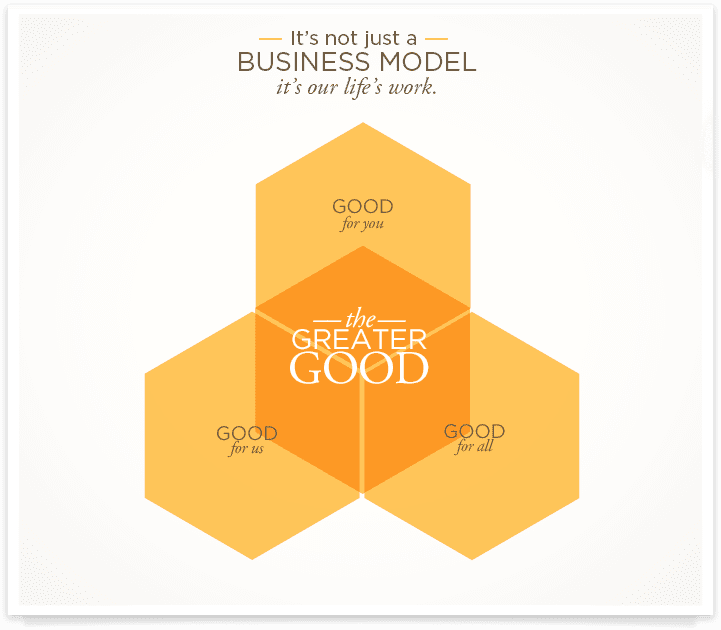
Burt’s Bees’ greater good philosophy.
Burt’s Bees’ philosophy is much gentler in tone than SoulCycle’s but that doesn’t mean it’s not unapologetic. Their ‘why’ is apparent in everything that they do; from their sustainable packaging, to their marketing campaigns to help save the bees. There’s no second-guessing themselves. They know what they stand for and it flows into everything they create as a brand.
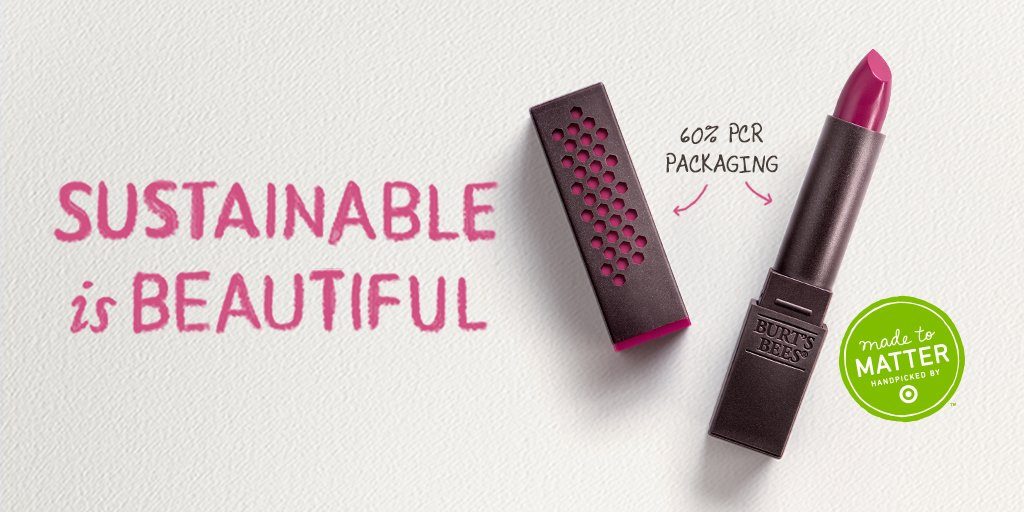
A focus on sustainable packaging shows their audience they walk the talk.

#SelflessSelfie campaign to help bring back the bees.
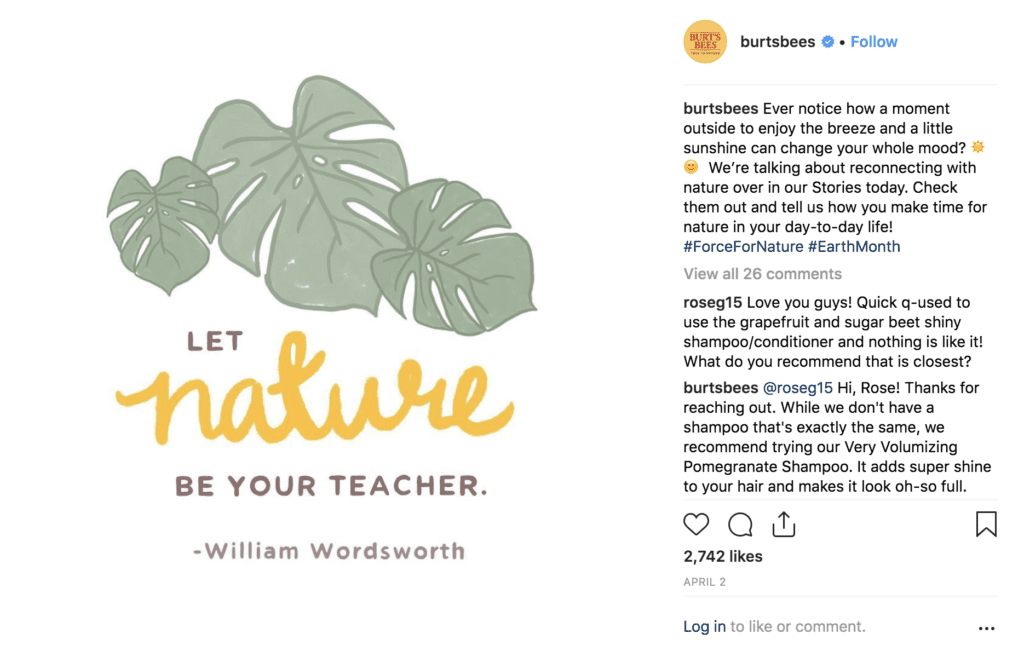
Burt’s Bees always advocates for nature.
3. TOMS
One for one.
It doesn’t get any simpler than this. With every pair you purchase, TOMS will give a pair of new shoes to a child in need. And they haven’t stopped there. The simplicity of their mission has made it easy for them to extend to other important causes with the same sentiment. Their audience knows that with every TOMS purchase, they are standing with the brand on issues that matter.
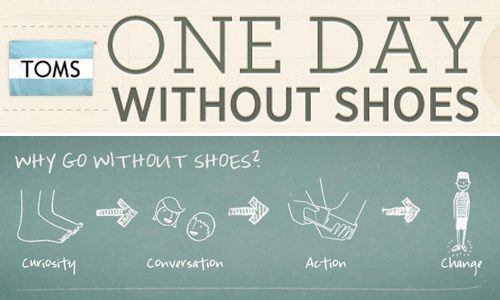
TOMS’ one day without shoes initiative.

Extending their ‘One for one’ philosophy to another worthy cause.
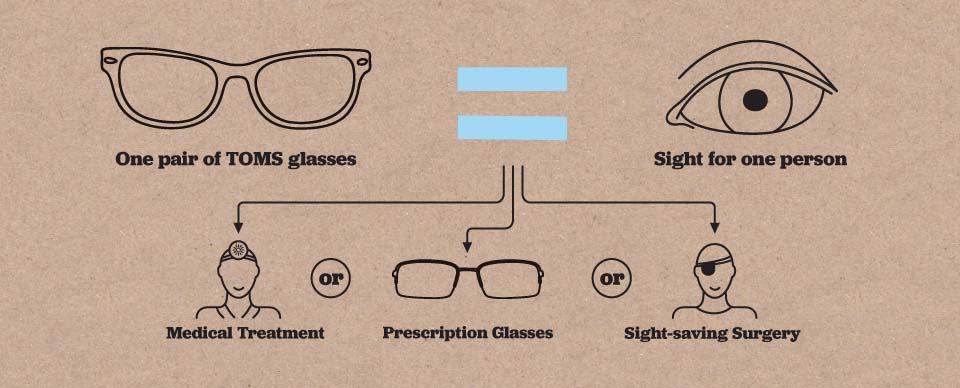
…and another worthy cause.
—
These stories help attract a loyal and engaged audience because the values of the business align with the values of their audience. People want to invest in brands, products and companies that represent their own values and reaffirm their own identities. They can help differentiate your brand and push it beyond just a commodity or service. Remember, the top brands don’t see themselves just as commodities. Why should you?

